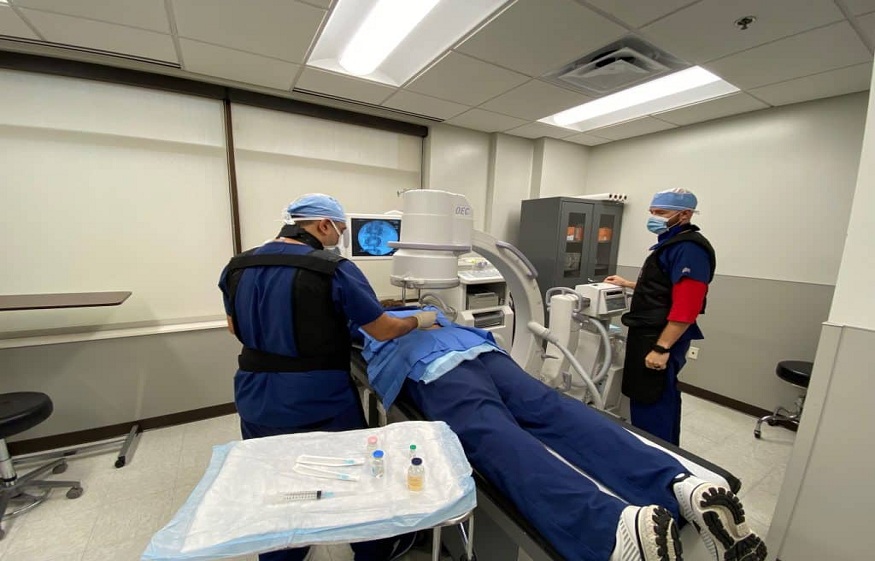Pain management specialists help those in pain. They use interventional procedures to target and relieve pain. These procedures can provide relief and improve function. It can be a game-changer for many. Techniques vary based on the type and source of pain. Options include injections, radiofrequency ablation, and spinal cord stimulation. For those facing weight issues, weight loss newark can be part of a comprehensive plan. Understanding these interventions can guide choices and enhance well-being.
Understanding Interventional Procedures
Interventional procedures are specific techniques used to manage pain. They involve direct intervention on nerves, joints, or tissues. This can quickly reduce pain and improve mobility. Each method is tailored to address different types of pain.
Common Types of Interventions
Here are some common interventional procedures:
- Injections: These deliver medication directly to the source of pain. They can reduce inflammation and provide quick relief.
- Radiofrequency Ablation: This uses heat to target nerves and disrupt pain signals. It can offer long-term relief.
- Spinal Cord Stimulation: A device sends electrical currents to the spinal cord. This can block pain signals before they reach the brain.
Comparison of Common Interventional Procedures
| Procedure | Duration of Relief | Common Uses |
| Injections | Weeks to months | Arthritis, nerve pain |
| Radiofrequency Ablation | 6 to 12 months | Chronic back or neck pain |
| Spinal Cord Stimulation | Years with device | Chronic pain, failed back surgery syndrome |
Considerations and Benefits
Choosing the right procedure depends on several factors. The type of pain, its severity, and the patient health all play a role. Specialists assess these to recommend the best option. Benefits of these interventions include:
- Reduced reliance on medications
- Improved quality of life
- Enhanced physical function
Real-World Impact
Interventional procedures can significantly impact daily life. They help manage pain that was previously debilitating. Historical examples show how these techniques have evolved. For instance, spinal cord stimulation has advanced from simple electrical impulses to sophisticated devices that adapt to movement.
These advancements mean better outcomes and more predictable relief. Patients experience greater control over their pain. This can lead to a return to normal activities and a more fulfilling life.
Conclusion
Interventional procedures offer hope for those living with chronic pain. With options like injections, radiofrequency ablation, and spinal cord stimulation, effective relief is possible. Pain management specialists tailor treatments to individual needs. This personalized approach ensures the best possible outcomes. Understanding these techniques can empower informed decisions and improve health.




